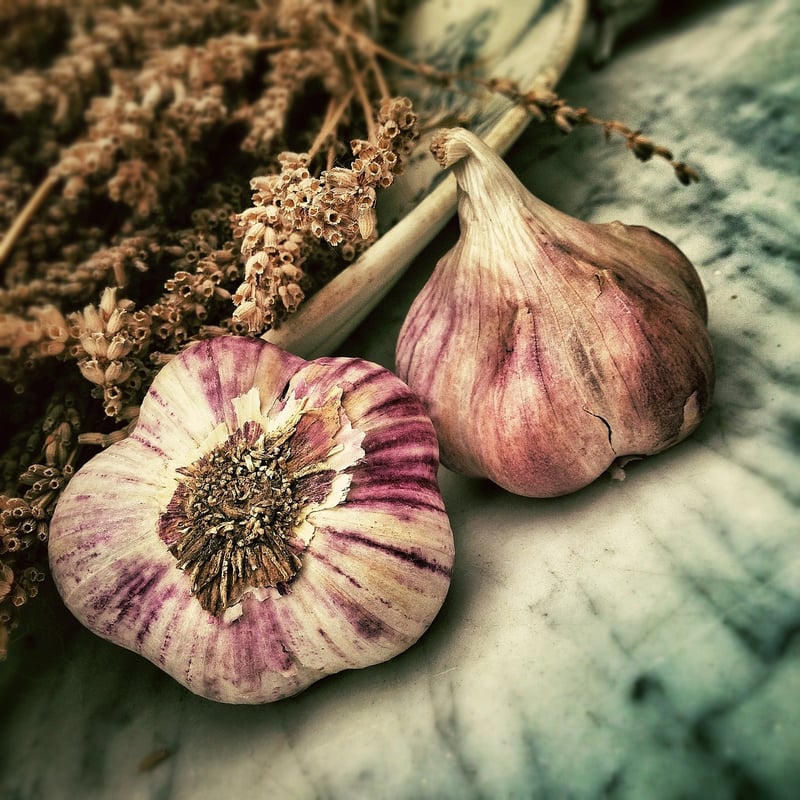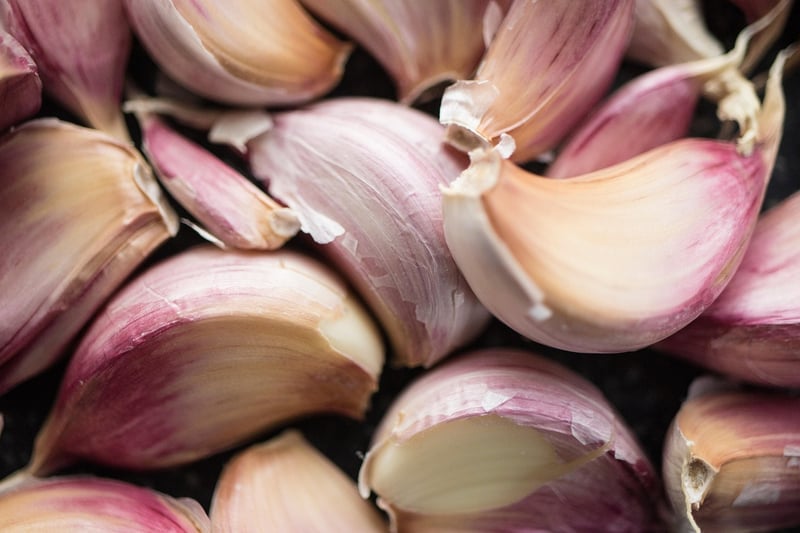Plant-based Alternatives
Enhance Your Recipes with Key Elements and Plant-based Alternatives
Incorporating key elements into your recipes can elevate the flavors and nutritional value of your dishes. Whether you're a seasoned cook or just starting in the kitchen, understanding these components can help you create delicious and well-balanced meals. Additionally, exploring plant-based alternatives can offer a sustainable and healthier option for your cooking endeavors.
Key Elements for Your Recipes
1. Herbs and Spices
Herbs and spices are essential for adding depth and complexity to your recipes. Experiment with a variety of herbs like basil, rosemary, and cilantro, as well as spices such as cumin, paprika, and turmeric to enhance the flavors of your dishes.
2. Citrus
Adding citrus fruits like lemons, limes, and oranges can provide a burst of freshness and acidity to your dishes. Use citrus zest or juice to brighten up salads, marinades, and desserts.
3. Healthy Fats
Incorporating healthy fats like olive oil, avocado, and nuts can add richness and creaminess to your recipes. These fats not only enhance the flavor but also provide essential nutrients for your body.
Plant-based Alternatives
For those looking to explore plant-based options in their cooking, there are plenty of alternatives that can replace animal products and still deliver delicious results.
1. Plant-based Proteins
Replace meat with plant-based proteins such as tofu, tempeh, lentils, and beans. These alternatives are high in protein and can be seasoned and cooked in various ways to mimic the texture and flavor of meat.
2. Nutritional Yeast
Nutritional yeast is a popular ingredient among plant-based eaters due to its cheesy flavor. Use it as a topping for pasta, popcorn, or salads to add a savory umami taste to your dishes.
3. Non-Dairy Milk
Swap cow's milk for non-dairy alternatives like almond, soy, or oat milk in your recipes. These plant-based milks are versatile and can be used in baking, cooking, or as a creamy addition to your morning coffee.
By incorporating these key elements into your recipes and exploring plant-based alternatives, you can create flavorful, nutritious, and sustainable dishes that cater to a variety of dietary preferences.

 Images Source: Pixabay.com
Images Source: Pixabay.com
